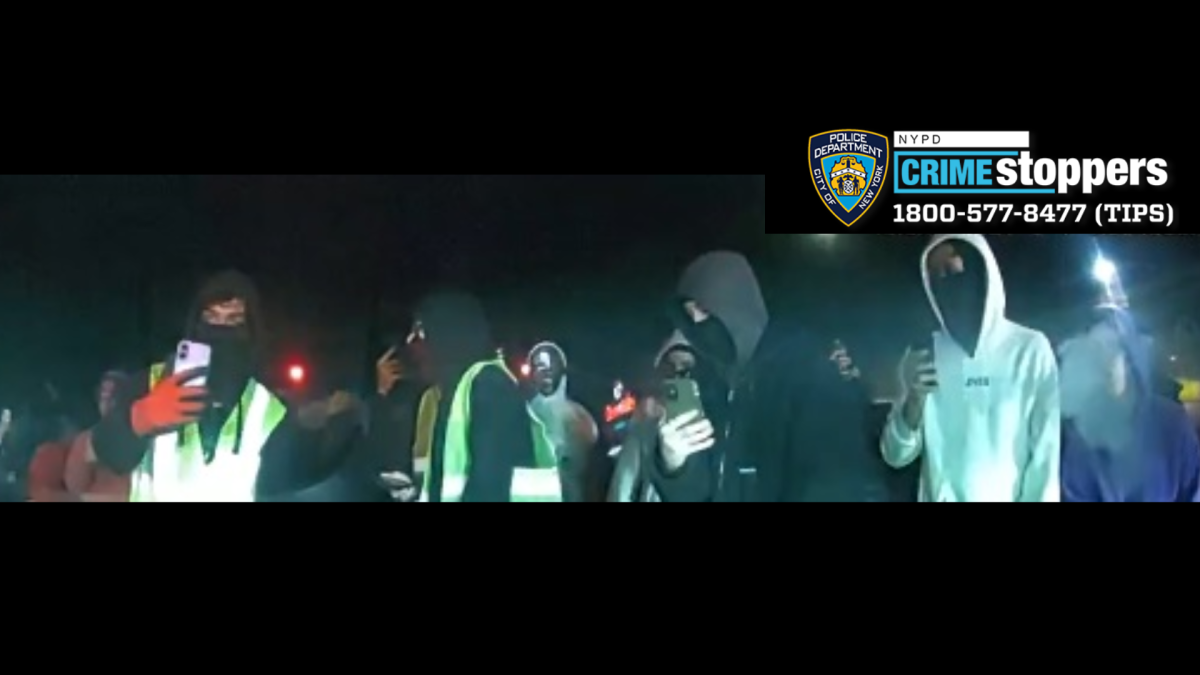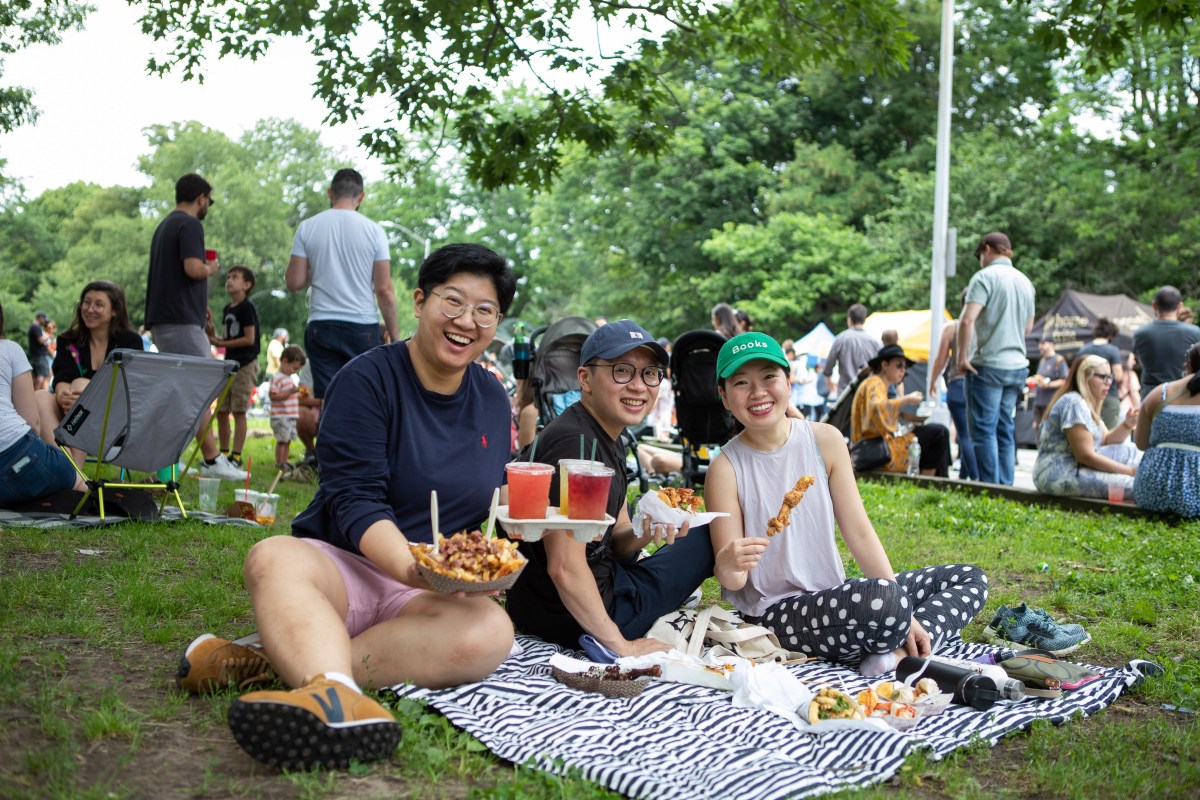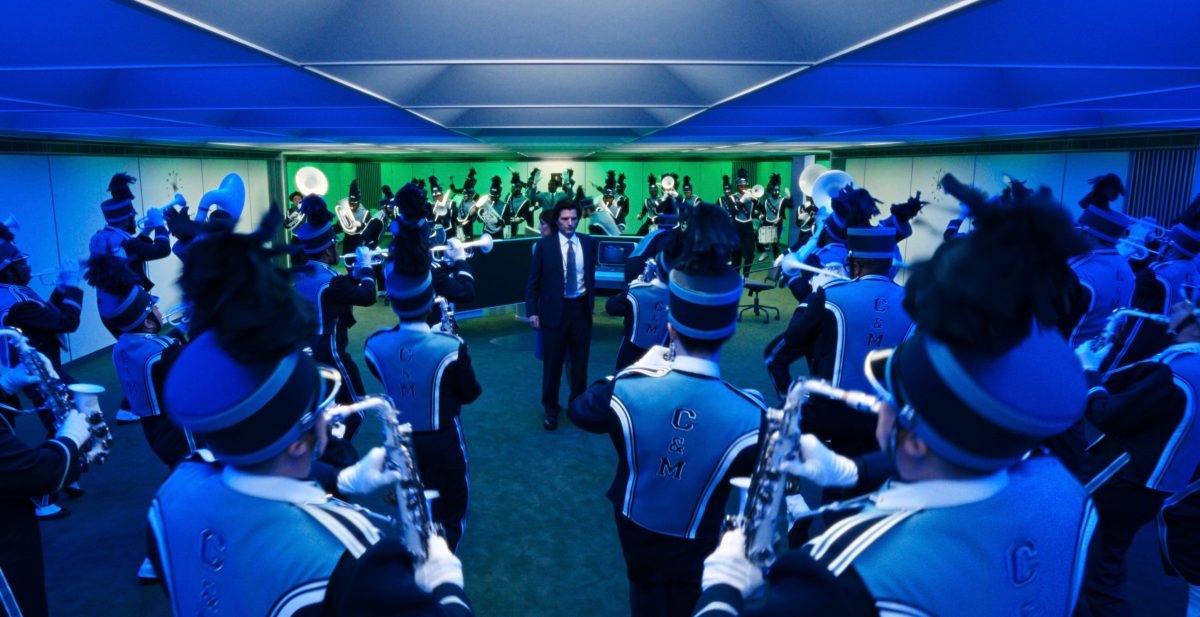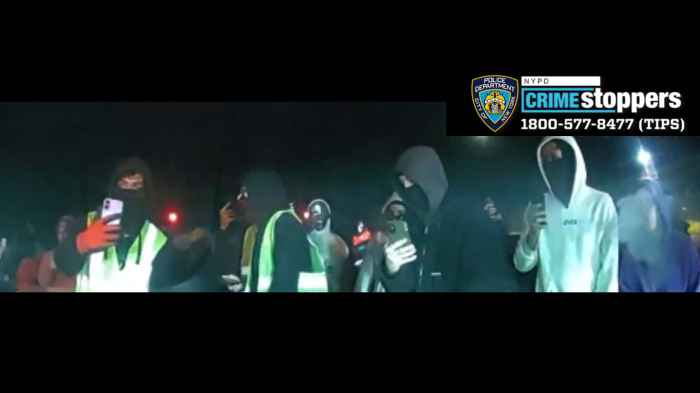By Ronda Kaysen
The estimated 20,000 Africans anonymously buried beneath Lower Manhattan for 400 years will soon have an engraved, granite marker commemorating their cemetery.
Last week, officials unveiled the winning design for the African Burial Ground on Duane St., the culmination of a seven-year long selection process. The winning design, by Architect Rodney Leon of Aarris Architects, was selected from 61 applicants, later whittled down to five finalists who then partook in a lengthy public review process last year.
“The African Burial Ground represents a unique opportunity for all of us,” Leon, 36, told reporters at the Ted Weiss Federal Building, which sits adjacent to the memorial site. “Our generation has been entrusted with this awesome responsibility and we embrace it.”
Leon’s design consists of seven granite pillars marking the seven sarcophagi that were ceremoniously re-interred in 2003 after their remains had been exhumed 12 years earlier. It also includes a 24-ft. high chamber, intended for meditation and reflection. Visitors pass through the chamber into a sunken, spiraling granite court, engraved with signs, symbols and images of the African Diaspora.
“The story of this site will never be forgotten,” said Stephen Perry, administrator of the U.S. General Services Administration, which is funding the $3 million project. “Young people, in particular, will understand what this world was like.”
The Colonial-era cemetery of free and enslaved Africans and African-Americans was first uncovered in 1991 when construction workers stumbled upon 419 remains as they began work on the federal building. The burial ground spans five blocks and is the largest of its kind in the United States. Active in the 17th and 18th centuries, the once forgotten burial ground is a stark reminder of New York City’s role in the slave trade, where slavery was legal until July 4, 1827.
“We are so sorry and so ashamed that our great nation had to be built on people who were snatched from their homeland,” said U.S. Rep. Charles Rangel at the event.
Following protests in 1991, G.S.A. agreed to preserve a portion of the burial ground for a memorial.
As Leon and officials posed for a photo op on the grassy site last Friday, a small group of detractors gathered to upset the celebration.
“Nothing was to be built on this ground, it was sacred ground,” shouted Ollie McClean, chairperson of the Committee for the Descendents of the African Burial Ground, which was formed in 1998 to protect the site.
Howard Dodson, chief of the Schomburg Center for Research in Black Culture dismissed the hecklers as a handful of naysayers who would not thwart the memorial’s construction, which is expected to begin this summer.
McClean, however, insists that the fight to stave the coming shrine is not finished yet. “We have plans,” she said. “It’s not going to go down that easily.”
Ronda@DowntownExpress.com
WWW Downtown Express































